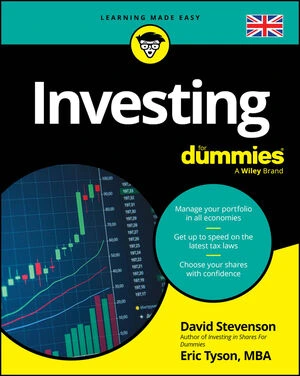High frequency trading (HFT) requires speed quicker than the eye can see. With superior speeds, high frequency traders are able to react to news faster than market participants with inferior speed, because computer algorithms are able to analyse and produce trading instructions faster than a human can manually input an order. These are some of the ways they achieve these superfast speeds:
Co-location is at the heart of HFT speed. Co-location basically means placing a high frequency trader's computers as close as physically possible to the exchange's trade-matching computers. Doing so reduces the time it takes for the HFT trader's computers to receive important market information. By placing their computers as close as possible to an exchange's matching engine, high frequency traders are able to have faster access to changes in price and the order book.
News service providers get a look at important economic data prior to the official release. They then place the news in servers close to the exchanges so that when the news is released, it's available in different geographical locations at exactly the same time. High frequency traders with their computers located close to the news servers will be at an advantage because they can get the released news more quickly and then trade on the news faster than other market participants.
Routing via a dark pool exposes you to the possibility of being front run and of information leakage. When an order is first routed through a dark pool or even several dark pools, it's leaking information all the time. The type of order, the price information and the amount of stocks in the order are all valuable information to other traders. This information is being sent electronically and is therefore at risk of being picked up or even given to other market participants, which is why it's called information leakage. Make sure that it's a dark pool you're happy to have your orders go through.






